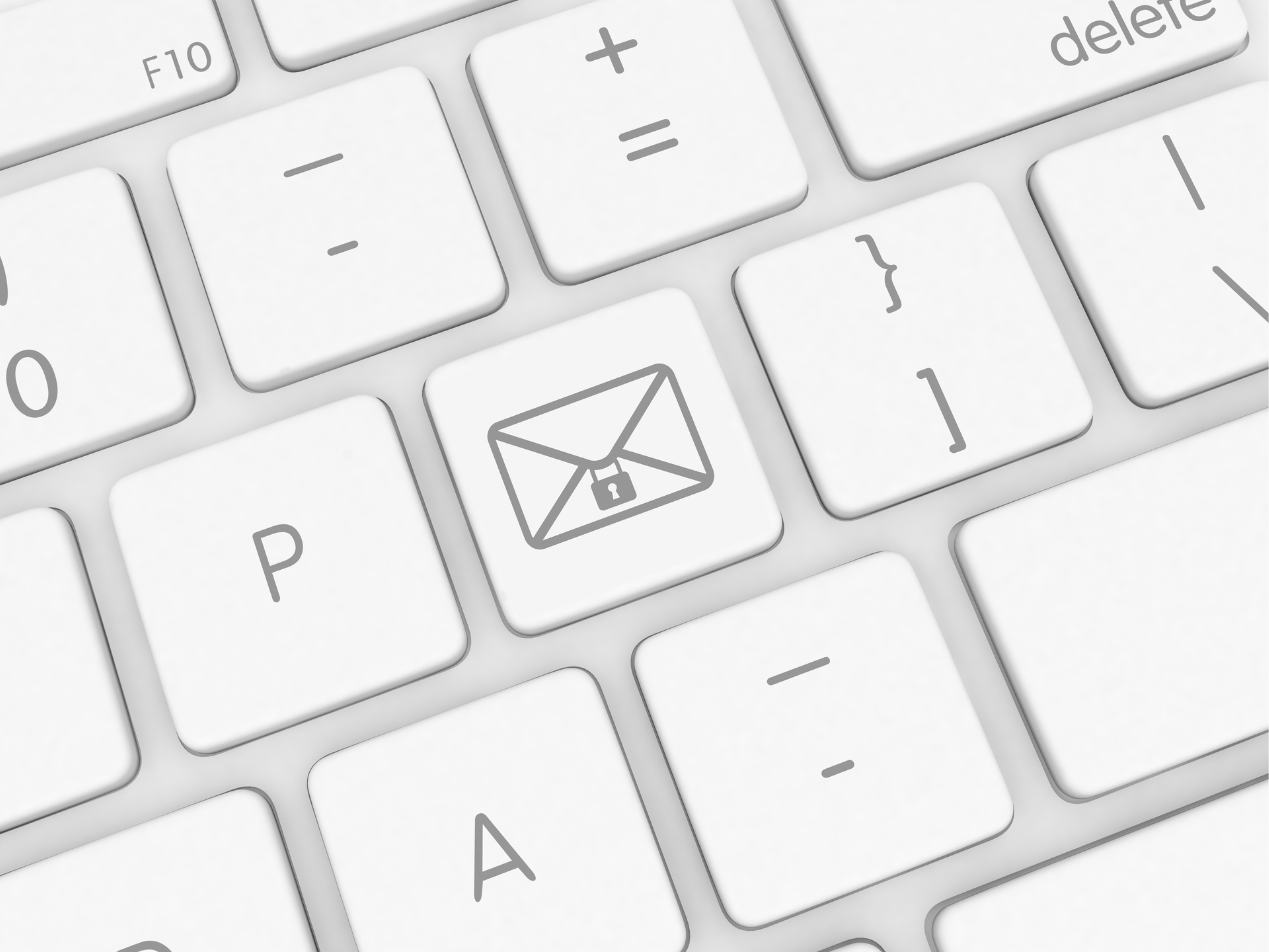
Email in healthcare is very susceptible to various cybersecurity threats. Heuristics in email security involve using algorithms and rules to identify patterns and characteristics indicative of potential threats, such as malicious emails. The heuristics, aligned with HIPAA's risk-based approach, empower organizations to implement tailored safeguards, prioritize electronic protected health information (PHI) confidentiality, and maintain patient trust.
HIPAA and email security
According to the HHS, "The Privacy Rule allows covered health care providers to communicate electronically, such as through email, with their patients, provided they apply reasonable safeguards when doing so." HIPAA doesn't prohibit email but sets expectations for secure handling. Regular email services lack these safeguards, making them unsuitable for PHI. Healthcare organizations must explore HIPAA compliant email services.
Heuristics for email security
Assume all emails are potentially risky
Healthcare professionals should approach every email with caution. Cyber threats can be unpredictable, so it's important to be proactive in email interactions to identify potential security risks. Carefully evaluate each email's content and attachments to protect sensitive patient information and ensure accurate communication.
Be wary of attachments
Healthcare organizations should ensure staff members are well-informed about the risks of opening attachments from unknown sources. This straightforward guideline is grounded in the understanding that attachments often serve as common vectors for malware and phishing attempts.
Scrutinize email content
Be mindful of the information shared in emails, particularly those containing PHI. Healthcare professionals must contribute to the conscious creation and transmission of email content. This practice is a proactive measure to minimize the risk of unauthorized access or disclosure of patient data.
Implement strong password policies
Password policies secure access to email systems. Healthcare organizations strengthen their defenses against unauthorized access by implementing strong passwords and incorporating multi-factor authentication.
Read more: Enhancing HIPAA compliance with multi-factor authentication
Beware of phishing attempts
Provide comprehensive training to staff on recognizing and avoiding phishing emails, specifically identifying signs of phishing attempts. Phishing remains a prevalent threat, and well-informed staff can prevent inadvertent disclosures of PHI.
Consistently use encrypted email
To enhance cybersecurity in healthcare, consider using encrypted email services or opting for HIPAA compliant email platforms consistently. Specifically, make encryption a standard practice for all emails containing PHI to ensure the confidentiality of data.
Regularly monitor and update security measures
This practice emphasizes a proactive approach to monitoring and adapting to emerging threats, ensuring that healthcare organizations maintain a robust security posture. Professionals can implement timely updates, fortify defense mechanisms, and equip staff with the knowledge needed to counter evolving threats effectively by staying informed on the latest developments in cybersecurity.
Use secure alternatives for sensitive communication
Consider using HIPAA compliant text messaging platforms consistently as an alternative to traditional email. Healthcare organizations enhance communication security, acknowledging the need for heightened protection when dealing with confidential patient information by opting for HIPAA compliant text messaging platforms.
Report suspicious activity
Encourage staff to promptly report any suspicious email activity or potential breaches to IT security personnel. Healthcare organizations empower their teams to proactively address security concerns by fostering a culture of prompt reporting.
Respect patient choice and alternatives
Obtain patient consent for email communication and inform them about the associated risks. Healthcare organizations demonstrate a commitment to respecting individual preferences while ensuring compliance with HIPAA standards by actively seeking patient consent and transparently communicating potential risks.
FAQs
What role does multi-factor authentication play in securing healthcare email systems?
Multi-factor authentication (MFA) adds an additional layer of identity verification beyond passwords, significantly reducing the risk of unauthorized access and enhancing overall email security.
Are there specific considerations for email security in telehealth or remote healthcare settings?
In telehealth or remote healthcare settings, healthcare organizations should prioritize encrypted channels, use secure video conferencing platforms, and provide training to remote staff on recognizing and mitigating cybersecurity risks unique to their work environment.
Subscribe to Paubox Weekly
Every Friday we'll bring you the most important news from Paubox. Our aim is to make you smarter, faster.




